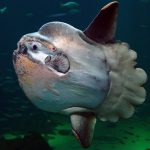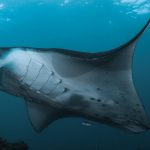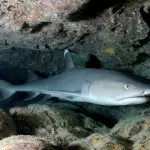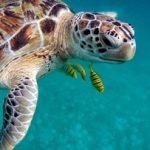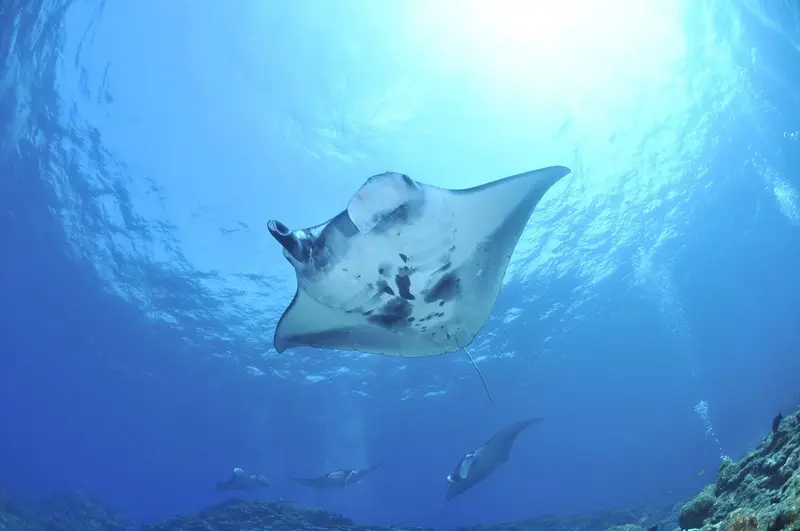
If you are visiting Indonesia, and in particular if you are going scuba diving whilst you’re there, you might be asking what rays are found in Indonesia?
There are rays and manta rays in Indonesia including blue spotted rays, manta rays, mobula rays (devil rays), spotted eagle rays and marble rays. Indonesia now has the second largest manta ray tourism industry in the world and has declared the largest manta ray sanctuary in the world.
The best way to dive Indonesia, whether that’s to Komodo or Raja Ampat, is by a scuba diving liveaboard. You can check the latest and best deals on Indonesian liveaboards using the following window:
The following article includes at least one video of each of the rays encountered in Indonesia, as per the following list:
- Blue spotted rays.
- Manta rays.
- Mobula rays (devil rays).
- Spotted eagle rays.
- Marble rays.
Either before or after reading about rays and manta rays found in Indonesia, you might like to take a look at these Indonesian liveaboards. Alternatively, take a look at the following table of Indonesia liveaboards:
Table of Liveaboard Diving in Indonesia
This list of Indonesia liveaboards is in descending customer rating order, followed by Scuba Diving Luxury Rating (SDE Lux Rating, see below), so the liveaboards with the highest customer rating and the best SDE lux rating will be at the top of the list. If you want to change the list order, use the “Sort by” dropdown below.
| Discover Liveaboard | Customer Rating | SDE Lux Rating % | Flexible Booking | Dive Courses | Dietary Requirements | Nitrox | Gear Rental | |
|---|---|---|---|---|---|---|---|---|
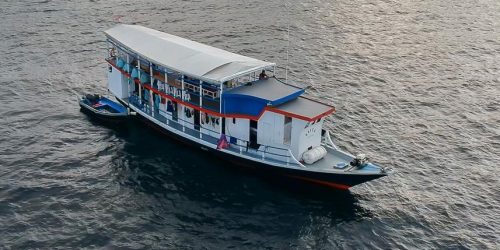 |
Review: Epica; Book: Epica | 9.3 | 50% | YES | YES | YES | NO | YES |
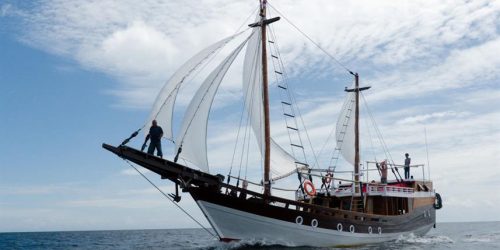 |
Review: Akomo Isseki; Book: Akomo Isseki | 9.3 | 48% | YES | NO | YES | NO | YES |
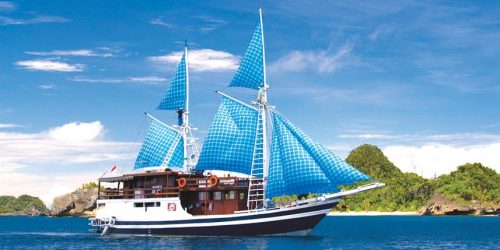 |
Review: MV Putri Papua; Book: MV Putri Papua | 9.3 | 48% | NO | NO | YES | NO | NO |
 |
Review: Lady Denok Yacht; Book: Lady Denok Yacht | 9.2 | 94% | YES | YES | YES | YES | YES |
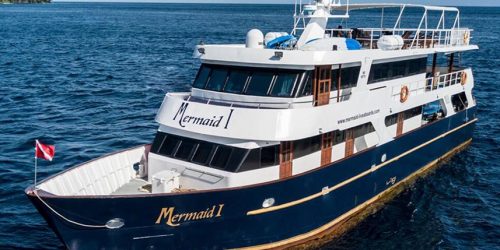 |
Review: MV Mermaid I; Book: MV Mermaid I | 9.2 | 87% | YES | YES | YES | YES | YES |
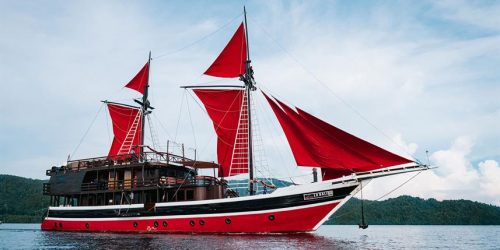 |
Review: KLM La Galigo; Book: KLM La Galigo | 9.2 | 81% | YES | YES | YES | YES | YES |
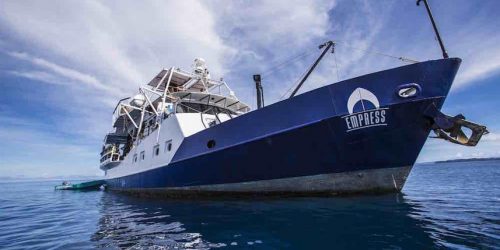 |
Review: MV Empress II; Book: MV Empress II | 9.2 | 79% | YES | YES | YES | YES | YES |
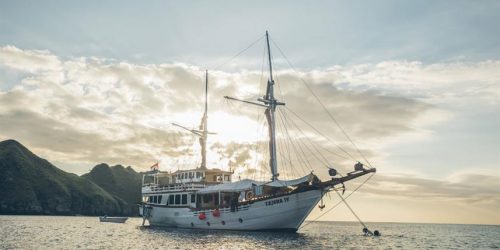 |
Review: Cajoma IV; Book: Cajoma IV | 9.2 | 77% | YES | YES | YES | NO | YES |
 |
Review: Manta Mae Phinisi; Book: Manta Mae Phinisi | 9.2 | 77% | YES | YES | YES | YES | YES |
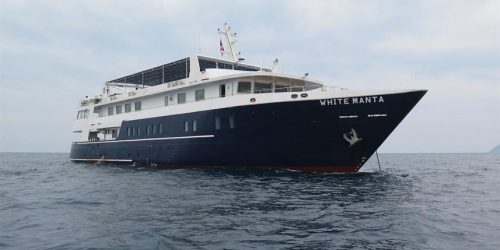 |
Review: MV White Manta; Book: MV White Manta | 9.1 | 65% | NO | YES | YES | YES | YES |
The Scuba Diving Earth Luxury Rating (SDE Lux Rating) is explained on each liveaboard review when you click the “Discover Liveaboard” link, and is my own Liveaboard Luxury Rating I’ve assigned to all liveaboards. Choosing between liveaboards is helped by customer scores, and if you get stuck choosing between two or three liveaboards, where each one has a high customer score out of 10, you can use the SDE Luxury Rating to help narrow down your choice.
Think about it like using Booking.com when searching for the best hotel. Booking.com also use a customer score where each customer rates hotels out of 10. This is similar to the liveaboard customer rating, which is also rated out of 10. But let’s say you only like to stay in hotels rated 8 and above on Booking.com, but you also want the hotel to have WIFI or parking, or to have a swimming pool etc. The features each hotel has is usually secondary to the score out of 10.
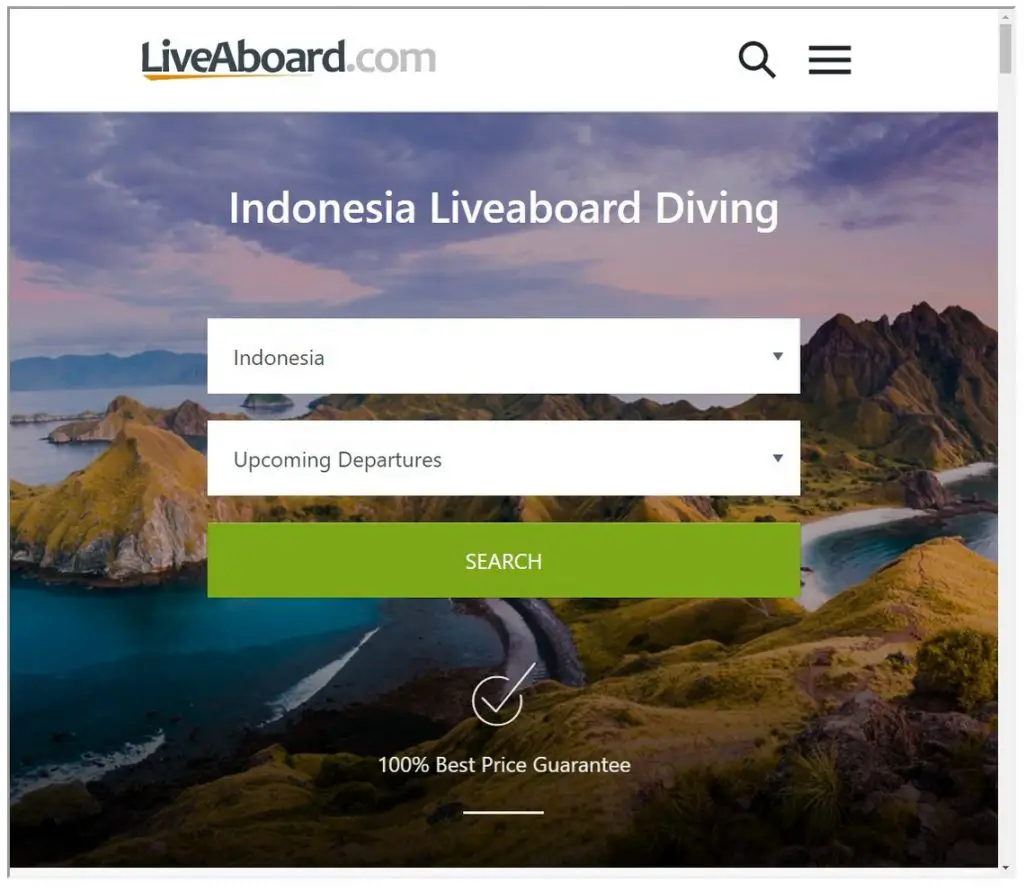
Types of rays found in Indonesia
Blue Spotted Stingrays in Indonesia
Indonesia is home to the blue spotted ribbontail ray (Taeniura Lymma), which is a species of stingray. Like most stingrays, the blue spotted ray can be found hunting for its food on the sea bed.
Manta rays in Indonesia
Indonesia is one of the few places in the world where both species of manta ray. These are the oceanic manta ray (Manta Birostris) and the reef manta (Manta Alfredi). These gentle giants are said to be the most intelligent fish in the ocean and when a fish gets compared to the width of a tennis court, you know it’s going to be big
Manta rays can grow to widths of 7-8 metres (23-26 feet), and a tennis court is 8.2 metres )27 feet) wide. But the Guinness World record, records the largest manta ray wingspan ever as 9.1 metres (30 feet), which is in fact wider than a tennis court.
As the manta ray is such a wonderful creature to spot when scuba diving, I thought it was worth three different videos to show off its majesty.
Indonesia has declared the largest manta ray sanctuary in the world.
“Indonesia, a nation that has been the world’s largest fishery for sharks and rays for nearly three decades, announced today legislation that will fully protect all manta rays within its nearly 6 million square kilometer exclusive economic zone.“
“Indonesia now has the second largest manta ray tourism industry in the world, with an estimated annual value of over US$15 million,” Agus Dermawan, the Director of the Ministry’s Marine Conservation Directorate. “Given the huge area of reefs and islands in our country, if managed properly, Indonesia could become the top manta tourism destination on the planet.”
Embassy of Indonesia – Indonesia declares largest manta ray sanctuary in the world
Mobula rays in Indonesia
Indonesia is home to mobula ray (devil ray), which are most often found swimming in large schools. The mobula ray is also known as the flying ray too, as it can be found ‘flying’ out of the water, which is a behaviour thought to be used to attract a mate.
Spotted eagle rays in Indonesia
Spotted eagle rays (Aetobatus Narinari) are found in Indonesia, which are cartilaginous fish like the sharks found in Indonesia. The spotted eagle ray is clearly identified by its dark dorsal surface which is covered in white spots. These rays have very long tails, and, just behind their pelvic fins are several venomous barbed stingers.
Marble rays in Indonesia
Indonesia is home to marble rays, which like other ray species are found feeding on the seabed. Marble rays have a thick disc-like pectoral fin with a smooth rounded outer margin.
Finally, and another animal you might see when you in Indonesia if you go to Komodo Island is the Komodo dragon. In the following video you see a Komodo dragon eating a sting ray. In fact you’ll see that the Komodo dragon will swallow the sting ray whole.
I hope you enjoyed this article about rays and manta rays found in Indonesia
I’d love to hear from you. Tell us about your adventures of diving and snorkelling. Please use the comments section below. Please also share your photos. Either from your underwater cameras or videos from your waterproof go-pro’s!
If this article hasn’t answered all of your questions. If you have more questions either about snorkelling or scuba diving (or specifically about rays and manta rays found in Indonesia), please comment below with your questions.
There will also be many more articles about scuba and scuba diving safety tips (and on snorkelling too) for you to read and learn about this fabulous sport.
Have fun and be safe!

